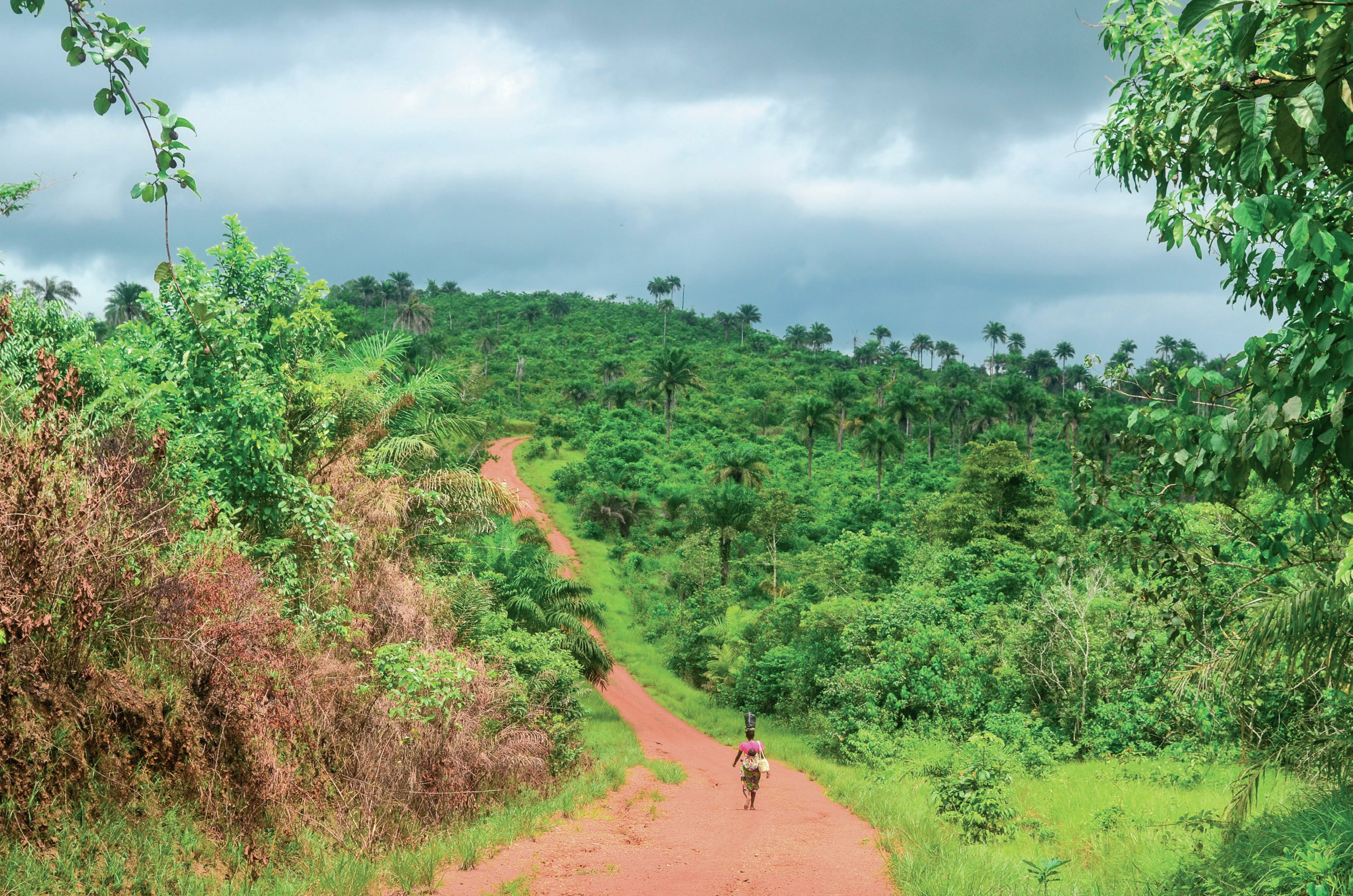
Sierra Leone, a former British colony in West Africa, became an independent country in 1961. It has a population of about 6 million, and a human development index of 0.273 which places it 183rd in the world ranking. It is estimated that 70% of the population live in poverty. From 1991 to 2002 the country experienced a civil war which left more than 50,000 people dead.
Sierra Leone has a tropical climate with wet and dry seasons. This gives rise to rainforest in the south and forested savannah in the north, while the large area in the centre of the country is forest, bush and farmland. Mangrove swamp covers large sections of the coast. Most of the population are subsistence farmers with rice as the staple crop, but soils are generally poor and yields low.
Your organisation does not have access to this article.
Sign up today to give your students the edge they need to achieve their best grades with subject expertise
Subscribe




